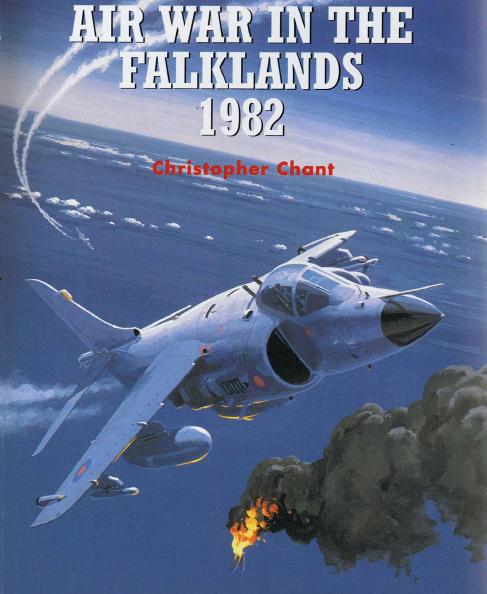
When a Conservative government was elected in 1979, though, there was a widening chasm between what the nation could sensibly afford in economic terms and what was required for the satisfaction of current defence commitments.

This switch in emphasis had been caused ultimately by the inability of the United Kingdom to finance a continued world commitment, but even so and despite the various defence cuts that typified political and economic thinking during the 1960s and 1970s, expenditure on the British defence budget was still comparatively high by comparison with that of most European nations. In more recent years, though, there had emerged a number of new policies reflecting the realities of a switch from a world to a European focus. At this time, during the later part of the 1970s, the United Kingdom’s defence posture seemed to have stabilised after a protracted period of strategic imbalance resulting from a general inability, or perhaps reluctance, by a succession of British governments to appreciate fully the implications of the United Kingdom’s decline as a world power. A military government under the leadership of General Leopoldo Galtieri assumed control of Argentina during 1977, and in 1978 the British government despatched a small naval task force to the South Atlantic after receiving intelligence information that the Argentines were possibly planning the occupation of South Georgia, the main island of a south-eastern dependency of the Falklands. The disputed claim to the islands was discussed from time to time between representatives of the two countries, but in overall terms little if any real progress toward a solution of the problem was found. Number of Argentine settlers and formally laid claim to the islands for the United Kingdom. With cannon fire and bombs, these were the most important weapons delivered by the Harrier, whose long nose carried a laser rangefinder and marked-target seeker for use in the delivery of the laser-guided bombs that were used only in small numbers The aeroplane carries drop tanks and launchers for 68-mm (2.68-in) SNEB air-to-surface unguided rockets. Seen on the metal planking of an airstrip improvised on the soft surface of East Falkland, this is a Harrier GR.Mk 3 close support warplane of the Royal Air Force’s No. The question of sovereignty over the Falkland Islands has been disputed between the United Kingdom and Argentina since 1833, the year in which a British naval vessel arrived at the islands, expelled a small Indeed, it is arguable that without the availability of carrierborne warplanes the British would have been foolhardy even to undertake the campaign, in which the tactical success of the British Aerospace Sea Harrier multi-role fighters of the Fleet Air Arm, operating from two aircraft carriers, made it possible for the ships of the Royal Navy and the men of the British army to complete the operation to retake the islands from Argentine occupation. This Falklands war has been the most recent military operation undertaken by the United Kingdom not in partnership with one or more allies, and remains a clear object lesson of the importance of well-handled air power as an arbiter of associated sea and land campaigns.

OVERALL BRITISH AIR SUPERIORITY 71 APPENDICES 84 C O L O U R P L AT E S C O M M E N TA R I E S 9 2 INDEX 96ĮRROR COMPOUNDS ERROR etween April and June 1982, a small campaign was fought between British and Argentine air, sea and land forces for control of the Falkland Islands, a small group of islands lying many thousands of miles from the United Kingdom in the South Atlantic only a few hundreds of miles off the coast of Argentina, which knew the islands as the Islas Malvinas. THE BATTLE FOR EAST FALKLAND 57 CHAPTER SIX THE TASK FORCE HEADS SOUTH 33 CHAPTER THREEĭOMINANCE OF THE SEA HARRIER 43 CHAPTER FOUR

AIR WAR IN THE FALKLANDS 1982 Christopher Chant


 0 kommentar(er)
0 kommentar(er)
